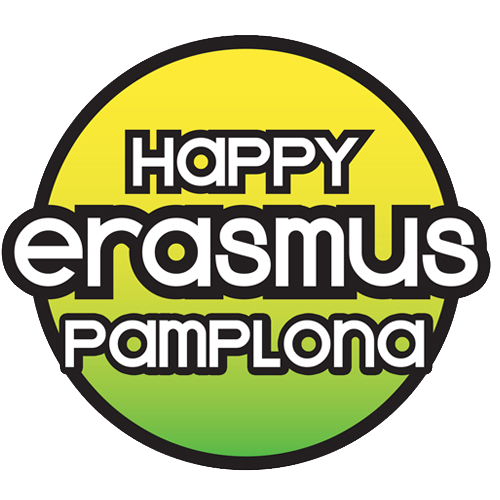Travel through the cultural heart of Spain with Salamanca and Segovia, two UNESCO World Heritage cities. Explore Salamanca’s legendary university, majestic cathedrals, and charming literary corners. Stand beneath Segovia’s towering Roman aqueduct and visit the fairy-tale Alcázar palace. From history and architecture to tradition and taste, including the famous roast suckling pig, this journey has it all. A unique blend of heritage, knowledge, and good experiences awaits.
SALAMANCA & SEGOVIA
SALAMANCA
Salamanca is one of Spain’s most iconic university cities, deeply rooted in culture, history, and academic tradition. Known as "La Culta" and home to the oldest university in Spain, founded in 1218, it has been a center of learning for centuries. Great thinkers and historical figures like Miguel Unamuno and Cristóbal Colón have walked its streets.
The city’s stunning golden architecture, especially in the old town, gives Salamanca a unique atmosphere that blends history with youth and vibrancy. Recognized as a World Heritage Site by UNESCO, Salamanca offers not only breathtaking monuments like its two cathedrals and the famous Plaza Mayor, but also a rich cultural life. Named European Capital of Culture in 2002, it continues to attract students from all over the world.
Salamanca is very well known as being a university city, having Spanish students, Erasmus students and students from other university exchange programs.
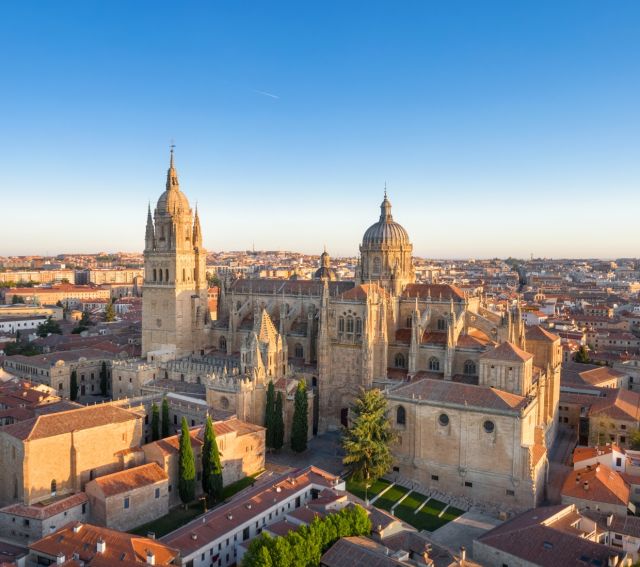

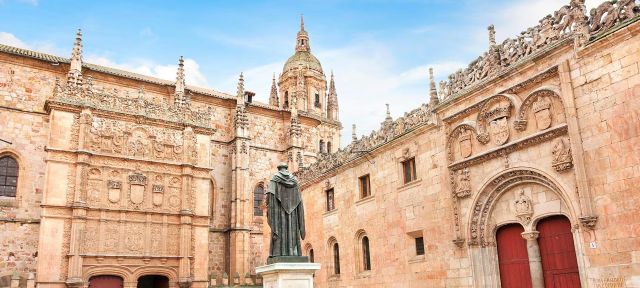
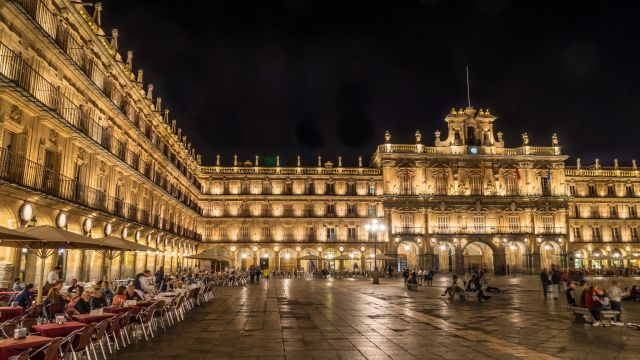
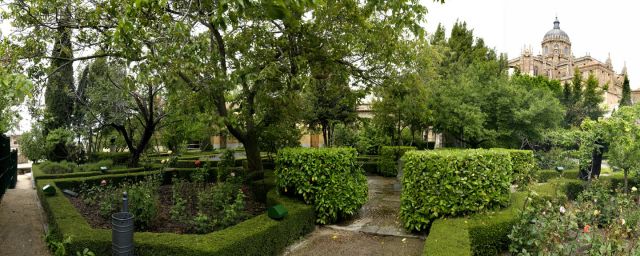
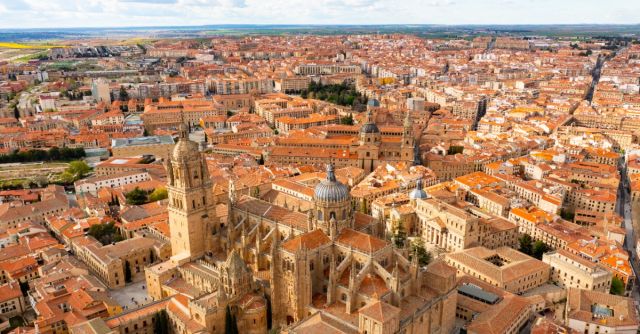

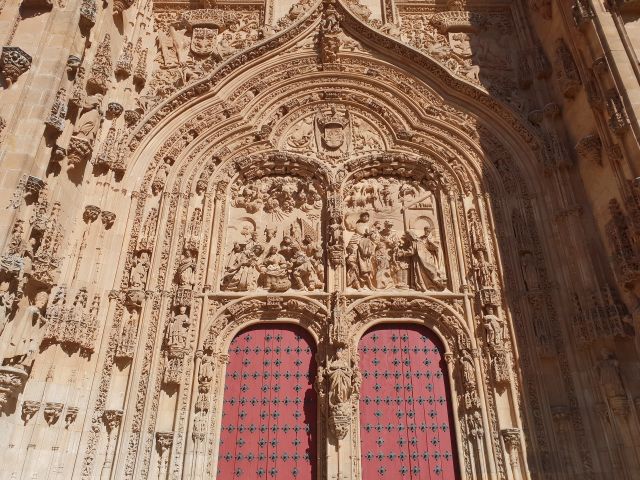
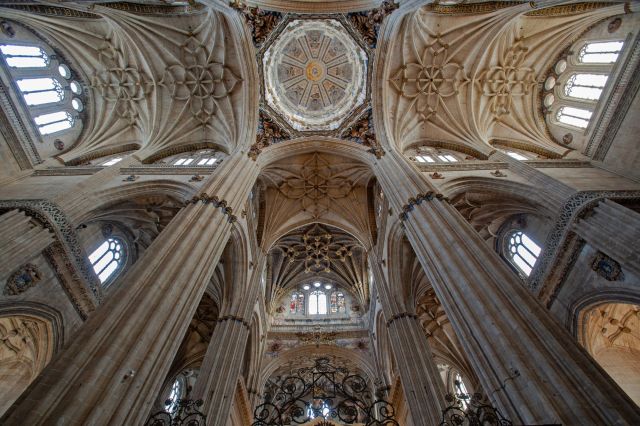

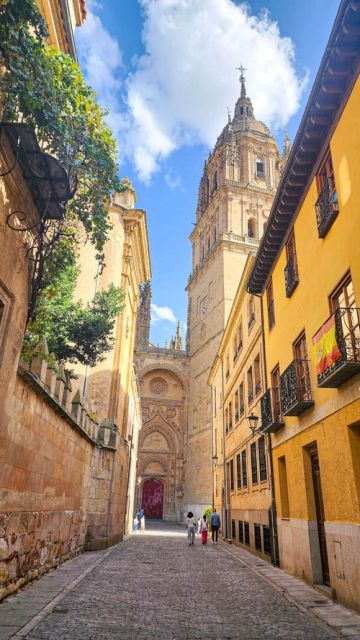
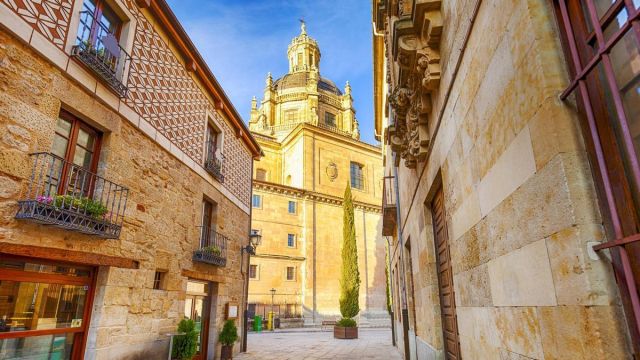












Plaza Mayor
Constructed in the 18th century under architect Alberto de Churriguera, the Plaza Mayor is the heart of Salamanca. Designed in Baroque style, it has been a central hub for public life for centuries, hosting markets, bullfights, celebrations, and concerts. Framed by arched galleries and historic buildings, the square remains a popular meeting point for locals and students. By night, its golden sandstone glows under the lights, capturing the city’s timeless charm
Built between the 15th and 16th centuries by Rodrigo Arias de Maldonado, a knight of the Order of Santiago, this noble palace is named after the 300 scallop shells (symbol of the order) that decorate its façade. Today it houses a public library and retains a mix of Gothic, Plateresque, and Mudejar elements. Legends say hidden treasures lie behind some of the shells, adding mystery to its striking appearance.
University of Salamanca
Founded in 1218 by King Alfonso IX of León, the University of Salamanca is the oldest in Spain and one of the oldest in Europe. It played a crucial role during the Spanish Golden Age and was a major intellectual center of the Renaissance and Enlightenment. Its façade is a masterpiece of Plateresque architecture, and its alumni and professors include figures like Fray Luis de León and Miguel de Unamuno.
Salamanca Cathedrals
Unusually, Salamanca has two adjoining cathedrals:
- The Old Cathedral (12th century) showcases Romanesque and Gothic architecture, with frescoes and a beautifully painted apse.
- The New Cathedral (16th–18th centuries) reflects a blend of late Gothic, Renaissance, and Baroque styles.
This peaceful garden overlooking the Tormes River is believed to be the setting of La Celestina, a 15th-century tragic love story by Fernando de Rojas. Surrounded by stone walls and flowering plants, it’s a romantic corner of the city often visited by couples, students, and readers seeking tranquility.
Lazarillo de Tormes Monument
This bronze statue pays homage to the anonymous 16th-century novel Lazarillo de Tormes, a pioneer of the picaresque genre. It depicts the young trickster guiding the blind man near the Roman bridge, referencing one of the book’s most famous and humorous scenes.
Salamanca’s Roman Bridge
Spanning the Tormes River, this Romanesque bridge has stood for nearly 2,000 years. Though rebuilt in parts, several original Roman arches remain. Once part of the Roman Vía de la Plata, it played a vital role in trade and movement across the Iberian Peninsula. Today, it is one of Salamanca’s most photographed landmarks and a symbol of its layered history.
Roman Aqueduct
Built in the early 2nd century AD during Emperor Trajan’s reign, Segovia’s aqueduct is one of the best-preserved Roman structures in the world. Stretching over 800 meters with 167 arches made of unmortared granite blocks, it once carried water from the Frío River to the city. This engineering marvel remained in use for nearly 1,800 years. Declared a UNESCO World Heritage Site in 1985, it continues to awe visitors with its precision and scale.
Alcázar of Segovia
Originally built as an Arab fortress in the 12th century, the Alcázar was later expanded by Castilian monarchs into a royal residence. Its fairy-tale shape, with pointed towers and stone walls perched atop a rocky cliff, inspired Walt Disney’s Cinderella castle. Inside, visitors can explore richly decorated halls and climb the Tower of John II for sweeping views of Segovia’s skyline.
Cochinillo at Mesón de Cándido
Segovia is famous for its cochinillo asado - roast suckling pig prepared with crispy skin and tender meat. The most iconic place to try it is Mesón de Cándido, a family-run restaurant located next to the aqueduct, operating since 1905. The ceremonial carving of the pig with the edge of a plate symbolizes its perfect texture and is a celebrated local tradition.

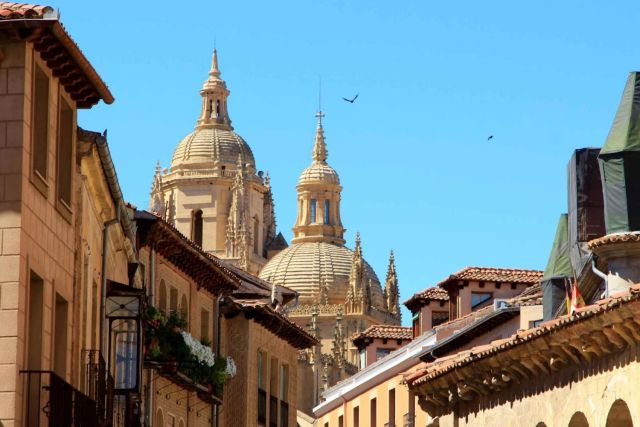
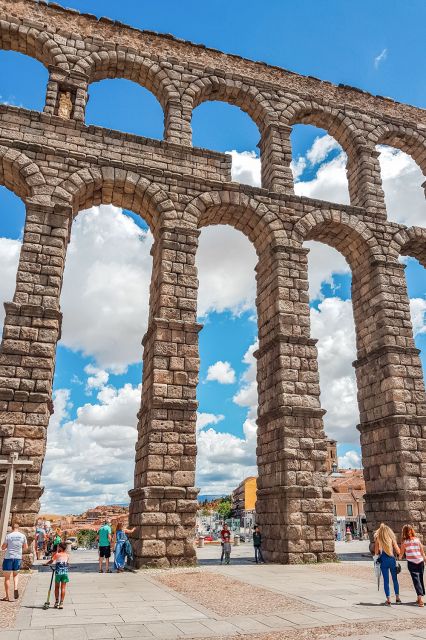
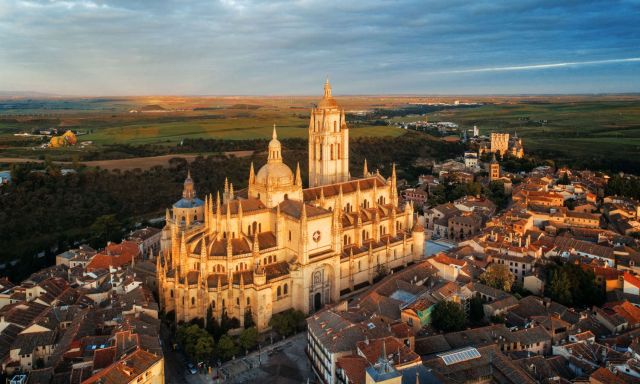
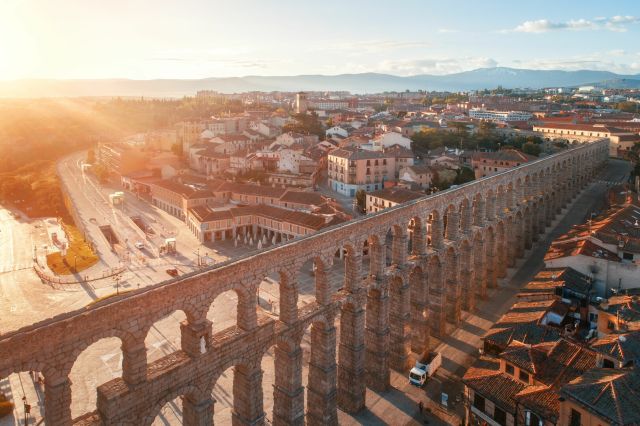
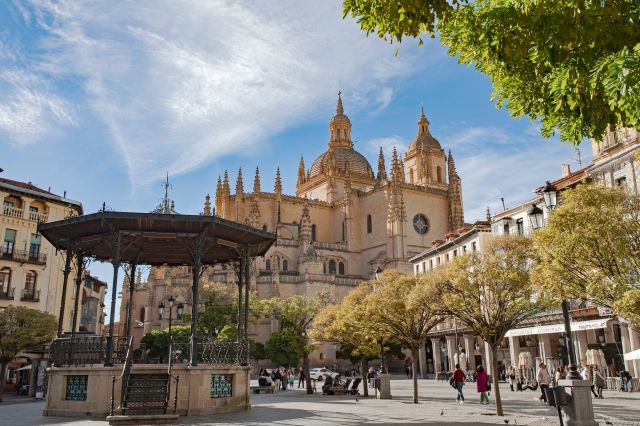
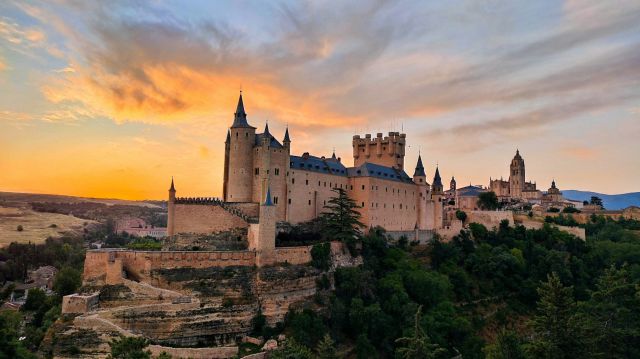
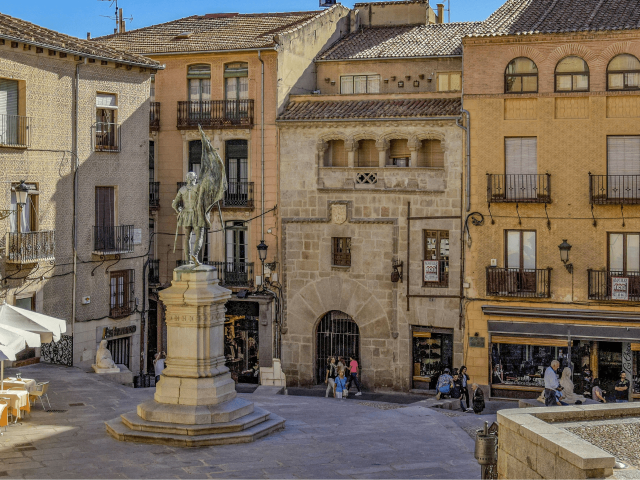
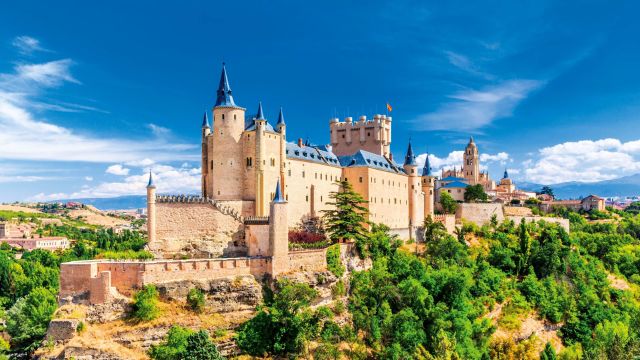
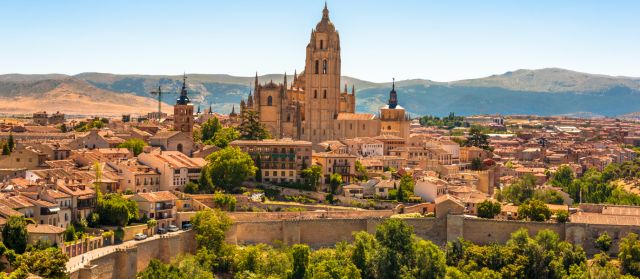










PRICE
PRICE
